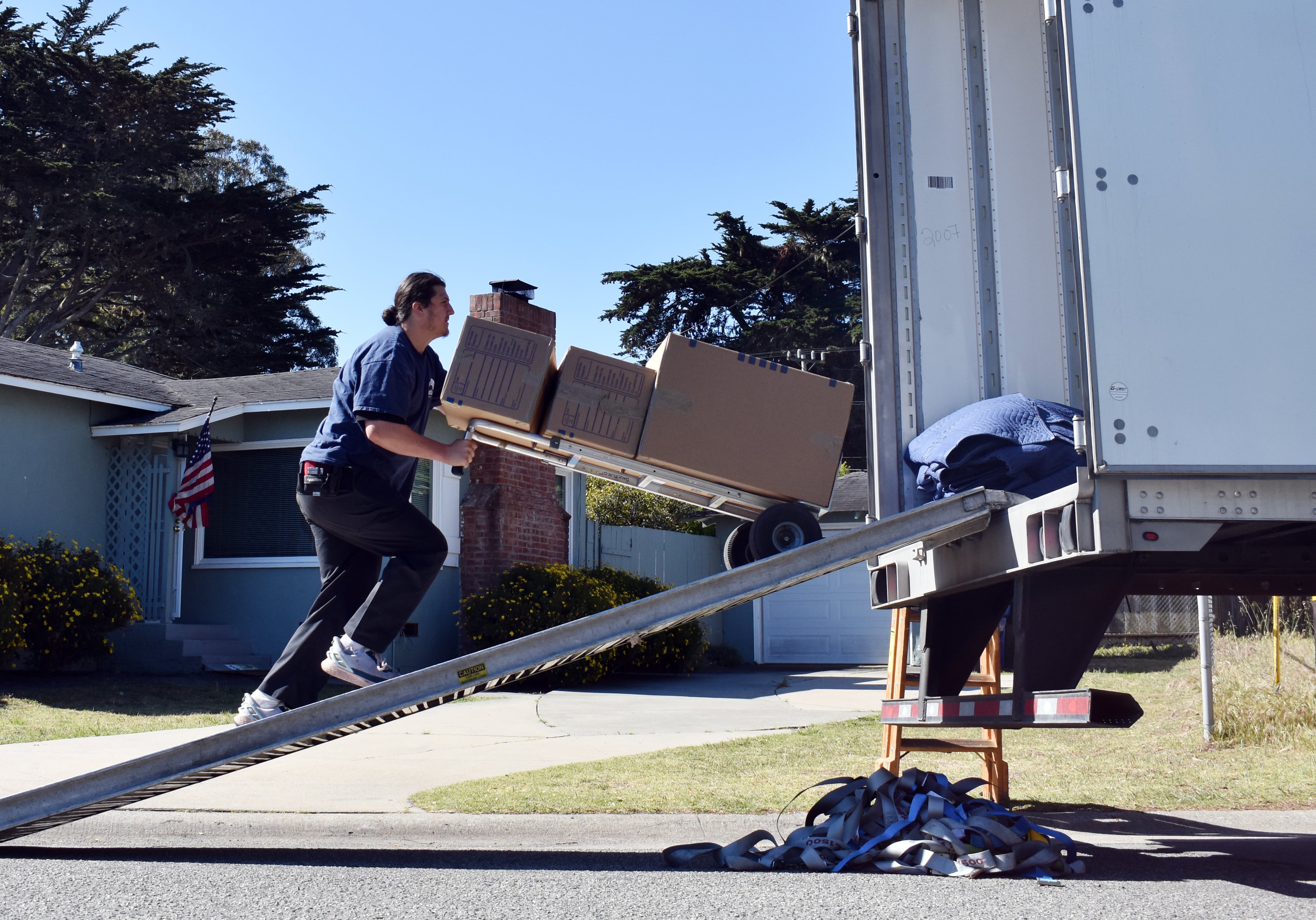WASHINGTON — Within a few weeks, the Air Force will have the data it needs to make a decision on whether to install an interim version of the KC-46′s troubled remote vision system, the head of Air Mobility Command said in a Sept. 10 interview.
In April, the Air Force and KC-46 manufacturer Boeing signed off on an agreement to replace the tanker’s Remote Vision System — the series of cameras that provide imagery to the boom operator during refueling operations — with a newly designed system, called Remote Vision System 2.0.
Boeing has agreed to develop and install RVS 2.0 on its own dime, but it has also proposed installing an enhanced version of the original system, eRVS, before then. But AMC commander Gen. Jacqueline Van Ovost, who viewed a demonstration of the eRVS system during a Sept. 4 visit to Boeing Field in Washington state, isn’t sold on the upgrade just yet.
“The most important thing is, we cannot slow down getting RVS 2.0 into the airplane. So eRVS can’t slow us down if we were to accept parts of that,” she told Air Force Times.
“And then we want to make sure if we’re going to put it on the airplane, that it actually gives us some tangible capabilities with respect to boom operator workload and capability with respect to opening up the envelope for actually doing operational air refueling, or it gives us a great enhancement getting ready for 2.0.”
The Air Force and Boeing began flight testing the eRVS this summer. The demonstration shown to Van Ovost, which compared the original RVS to the enhanced version, revealed “some sharpening of the picture with respect to how the boom operator saw the airplane” in day and nighttime conditions, she said.
But those improvements in image quality need to be weighed against the time it will take to retrofit the existing KC-46 planes in service with the new eRVS components.
“Do we have to ground airplanes for a while to put the put the modifications in?” Van Ovost said. “What’s the worth of the modifications compared to the operational envelope it’s going to open up for our boom operators?”
The Air Force is set to receive the full set of test data within the next few weeks. Once it has the answers to those questions, the service will be ready to decide whether to field eRVS.
If the Air Force decides to incorporate the enhanced system, Boeing can start making those upgrades in the second half of 2021, said Mike Hafer, Boeing’s global sales and marketing lead for KC-46.
Boeing also remains on track to incorporate RVS 2.0 on KC-46s coming off the production line in late 2023 or early 2024, he said.
The Air Force intends to purchase 179 KC-46s during the program of record. The first tanker was delivered to the service in January 2019.
Boeing is locked into paying any costs associated with the KC-46 that exceed the $4.9 billion firm fixed-price ceiling on its 2011 contract with the U.S. Air Force. So far, Boeing will have spent more than $4.7 billion in company funds on the KC-46 program — almost equivalent to the Air Force’s own investment in the program.
The deal on RVS 2.0 capped a yearslong dispute over the original system, which the Air Force argued did not provide enough fidelity to boom operators in certain lighting conditions, resulting in incidents of operators accidentally scraping the boom against the receiver aircraft.
Van Ovost said the main goal of the trip to Boeing Field was to better understand the progress on RVS 2.0 and whether the final design specifications agreed to in April would meet the needs of tanker operators in the field.
Van Ovost described the performance of the original RVS as something the Air Force “couldn’t live with” but said she “was pretty encouraged about the collaboration of the team, and how far they’ve gotten with the requirements of RVS 2.0.”
“I’m encouraged that we are on a path to get a fully qualified tanker,” she added.
Valerie Insinna is Defense News' air warfare reporter. She previously worked the Navy/congressional beats for Defense Daily, which followed almost three years as a staff writer for National Defense Magazine. Prior to that, she worked as an editorial assistant for the Tokyo Shimbun’s Washington bureau.





